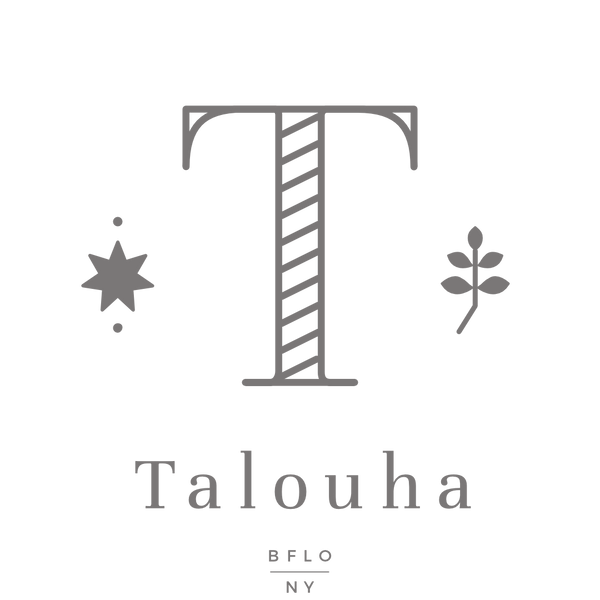MATERIALS + CARE
MATERIALS
Vegetable tanning is an ancient process that uses organic materials, tree and vegetable tannins such as bark of Mimosa and Quebracho, to produce minimally processed, extremely durable leather. Vegetable tanning had been the primary tanning method throughout time until the late 19th century when chromium tanning was developed. By the 1970s, 80% to 90% of the leather produced in the world was chromium tanned. Although much faster and less expensive than vegetable tanning, chromium tanning releases heavy metals, chemicals, acids, salts, and toxic substances into the water supply.
Vegetable tanned leather goods become more beautiful with time as they take on evidence of their use and history, acquire character, and become their own unique objects. With sunlight, time, and natural oils from the skin, they become softer and more supple, darken in color, and acquire a beautiful, rich patina. Raw and undyed, they will change most noticeably, going from light tan to a dark caramel color.

CARE
Avoid getting your item wet especially within the first month of use. If the leather starts to appear dry apply a high quality leather condition made of natural oils and waxes. Try to avoid products with silicon or petroleum derivatives as they can over time dry out and break down leather fibers and stitching. Test any conditioner first in an inconspicuous spot before applying to the entire bag. Spot clean your item with a very lightly dampened cloth.
